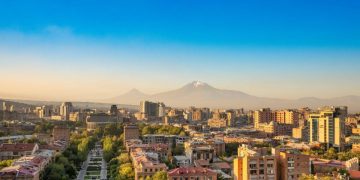The Indian Space Research Organization (ISRO) launched the PSLV-C59 rocket from Sriharikota, Andhra Pradesh. It took off at 4.04 pm with the European Space Agency's Proba-3 mission. ISRO was scheduled to launch the mission at 4:08 pm on Wednesday but the launch was delayed by a day due to a malfunction in the propulsion system.
Posting on social media platform X, the space agency said that PSLV-C59 has successfully reached the sky. This marks the start of a global mission led by MSIL with ISRO's technical expertise to deploy European Space Agency's ground-breaking Proba-3 satellites. It is a moment to celebrate international cooperation and the synergy of India's space achievements.
Proba-3 is the third solar mission in the Proba series of the European Space Agency (ESO). The special thing is that the first mission of the Proba series was also launched by ISRO in 2001. Teams from Spain, Belgium, Poland, Italy and Switzerland have worked for the Proba-3 mission. About 20 crore Euros (about Rs 1,778 crore) have been spent on this.
What is the Proba-3 mission?
The Proba-3 (Project for Onboard Autonomy) spacecraft consists of a double-satellite in which two spacecraft fly as one spacecraft to study the Sun's outer atmosphere. Isro said 'probas' is a Latin word, meaning 'let's try'. ISRO said the mission aims to fly a specific formation and two spacecraft – Coronagraph and Occulter – were launched simultaneously.
Through the Proba-3 mission, scientists will study the dark circle formed between the inner and outer corona of the Sun. The temperature of the Sun's corona reaches 2 million degrees Fahrenheit. It is not possible to study it with the help of any instrument. Proba-3's two satellites Coronagraph (310 kg) and Occulter (240 kg) will together simulate a solar eclipse. This will block the intense light from the Sun and will also make it easier to study the Sun's corona. Scientists will find out why the temperature of the Sun's corona is so much higher than its surface.
































